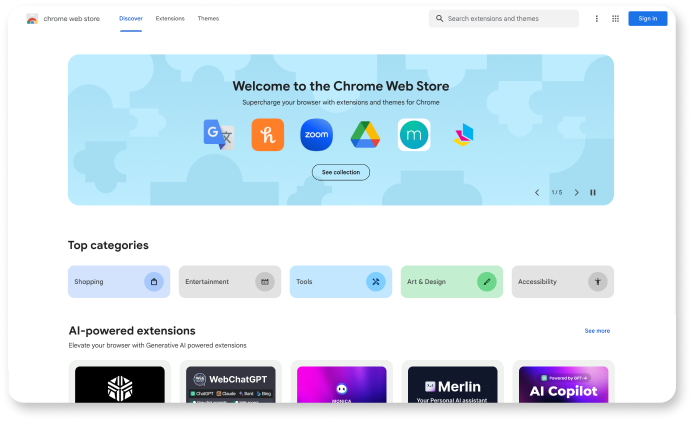A Deep Dive into the Study: Unpacking the Numbers
A recent study by researchers at Stanford University and the CISPA Helmholtz Center for Information Security uncovered shocking statistics regarding security vulnerabilities in Google Chrome’s Web Store. Over the past three years:
- 280 million users installed extensions containing malicious code.
- 63 million users downloaded extensions that violated Chrome Web Store policies.
- 3 million users installed extensions with known vulnerabilities.
These findings underscore serious concerns about the effectiveness of Google’s vetting process and the potential risks for unsuspecting users.
The Perilous Persistence of Malicious Extensions
Malware-laden extensions remained available in the Chrome Web Store for an average of 380 days before removal, allowing ample time for malicious actors to exploit vulnerabilities and compromise user security.
The Achilles’ Heel: Is Google’s Vetting Process to Blame?
The study’s revelations raise questions about the adequacy of Google’s vetting process. Despite claims of rigorous review, the high number of Security-Noteworthy Extensions (SNEs) slipping through suggests room for improvement.

Beyond the Headlines: The Human Cost of Malicious Extensions
Installing a malware-laden extension can lead to severe consequences, including theft of sensitive information, financial fraud, and compromised browsing experiences. User vigilance and proactive security measures are crucial.
Protecting Yourself from the Chrome Extension Threat: A User’s Guide
Users are advised to take proactive steps to safeguard against malicious extensions:
- Scrutinize Reviews and Ratings
- Beware of Unfamiliar Names
- Check Requested Permissions
- Enable Developer Mode (With Caution)
- Keep Extensions Updated
- Consider a Security Extension
These measures can help mitigate risks and enhance overall security while browsing with Chrome.
A Call to Action: Securing the Chrome Web Store
The study emphasizes the need for Google to strengthen security measures:
- Implementing a more rigorous review process
- Enhancing transparency for users
- Improving user education on safe browsing practices
Collaborative efforts from developers, security researchers, and industry stakeholders are essential in creating a safer Chrome Web Store environment.
The Future of Chrome Extensions: Mitigating the Threat Landscape
By adopting stringent security practices and promoting responsible development, Google and its partners can mitigate the risks posed by malicious extensions. Continued vigilance and user education will be key in safeguarding against future threats.
















Add Comment